***
France 2010
Day 1 - 3rd October - Paris: Musée National du Moyen Age (National Museum of the Middle Ages) (Part 2)
Next I headed to the French Middle Ages museum.
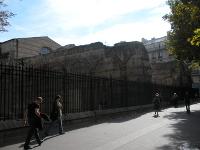
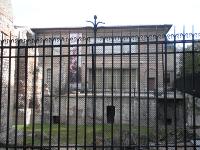
Appropriate building for the museum - former town house of the abbots of Cluny and 3rd century Gallo-Roman baths
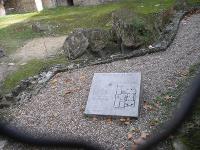
Map of Gallo-Roman baths (Thermes)
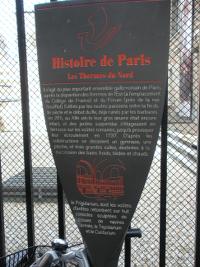
An admission that Parisians are barbarians
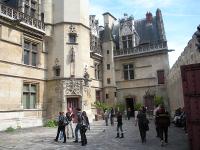
Entrance courtyard
Entering the museum, I found that entrance was free, as it was the first Sunday of the month. The downside was that it was quite crowded.
Many of the following pictures are not very good as this was my first day using this camera and I was not familiar with how High ISO-happy it went. Also my bag was quite heavy (and I was asked to keep it in front of me), so that destabilised me.

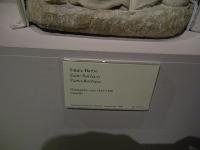
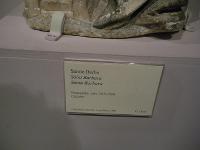
2 statues of Saint Barbara from Normandy. Late 15th and early 16th centuries
After Macanese shit this was great stuff. I was also impressed by the labels being translated into English.
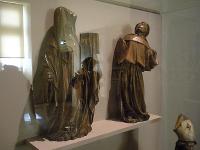
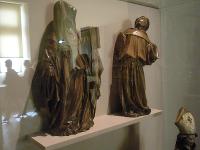
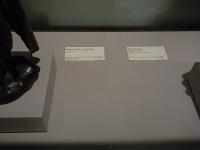
Saint Clara and Saint Francis, 15th c.
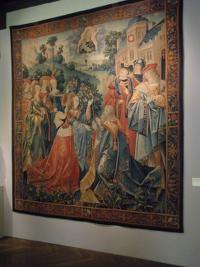
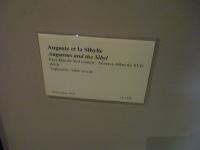
Augustus and the Sibyl, start of 16th century
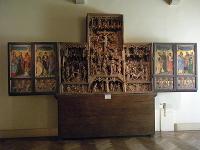
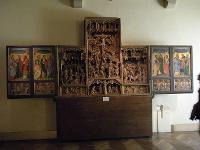

Altarpiece: Scenes of the Passion of Christ. Start of 16th century.
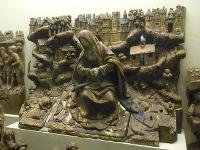
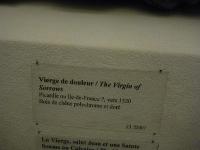
Virgin of Sorrows. c. 1520.
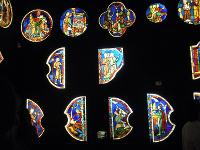

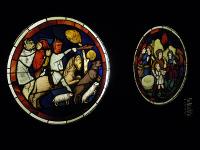
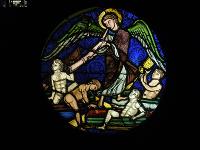
Vitraux de la Sainte-Chapelle de Paris - stained glass from Sainte-Chapelle. Presumably this means that much of what you see there is not original.

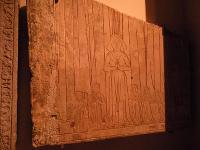

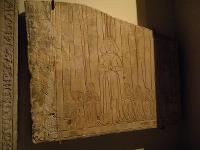

Tombstone fragment: dead children in prayer, 1480
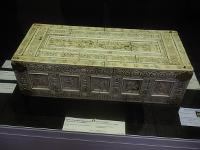
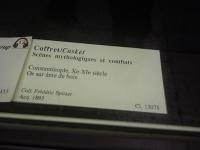
Casket with scenes of war and from mythology. 10th-11th centuries (Constantinople).
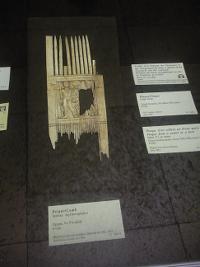

Comb with scenes from mythology. 5th-6th century, Egypt.


Oliphant: the Ascension. South Italy, c. 1100 and 12th century (the latter for the religious theme)

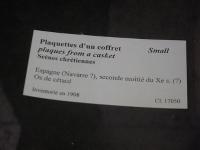
Plaques form a casket. Spain, 2nd half of the 10th century (?). Whale bone.
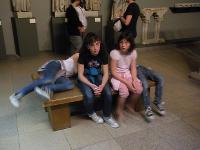
Very bored-looking kids, probably dragged here by their parents. I forgot that France was the only country in the world where you needed permission to take photographs of people. Putain. But kids won't know this. Probably.
The kids made me wonder what happened to the schoolgirls who had taken a picture of me in the Louvre 4 years ago. Were they now in college? Were they unemployed?
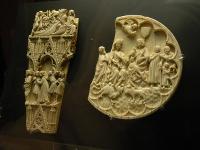

Fragment from a diptych, and side of a mirror case. c. 1250 and c. 1300, elephant ivory.
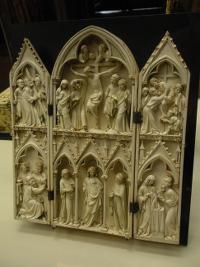

Scenes of the childhood and Passion of Christ. End of 13th century, Elephant ivory.

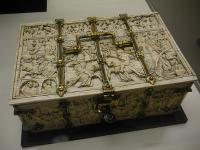

Casket. Assault on the Castle of Love, and scenes from romances
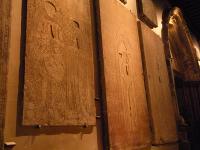

Tombstones
There was also a special exhibition on Slovak Art: Gold and Fire: Art in Slovakia in the late Middle Age. Incidentally this is the first art exhibition reviewed in The Economist that I've been to.
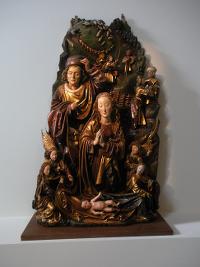
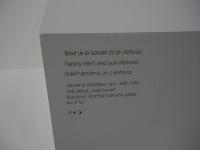
Nativity relief from Hlohovec. 1480-90.
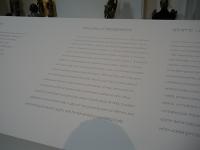
On altarpieces, including why they were so big.
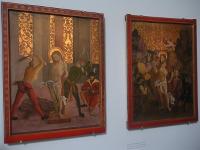
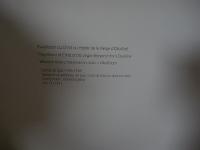
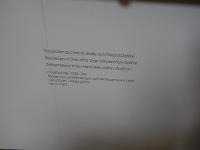
Flagellation and Resurrection of Christ of the Virgin. Altarpiece from Okolicne, 1506-9.
This Slovak art was more impressive than what I'd een in the Baltics. Considering that the best stuff does not tour - I need to visit Eastern Europe again!
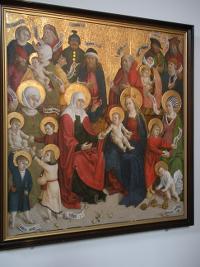

Holy Kinship. After 1510.
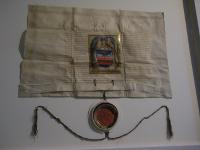
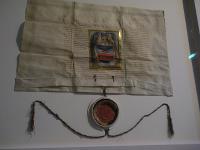
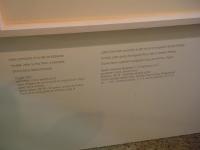
Heraldic letter for the Town of Kezmarok. 13th June 1463.
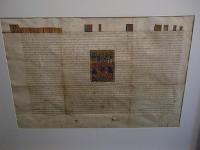
Heraldic letter giving the Imperial Prince title to Emerich Perenyi. 27th September 1517.

On pan-Central-European artistic flourishing and exchange in goldsmithing: you'd never see a Chinese museum being so humble. And despite the exhibiton being sponsored by the Presidents of France and Slovakia, there was no politicisation (or encouragement of "patriotism", as it might be known in some quarters)
I was very happy that the special exhibition allowed photography. Usually Special Exhibitions do not. A few items were not allowed to be photographed though. Strangely, they were plans for churches. Which was puzzling as copyright would've expired centuries ago (the plans were dated 1455 and 1458). They were on parchment, but that could not have been the problem as other parchments were allowed to be photographed.
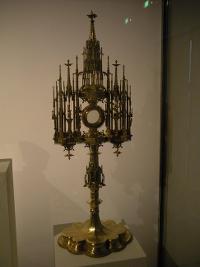

Monstrance, 1440-50

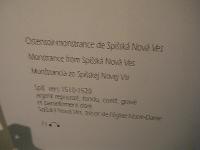
Monstrance fom Spisska Nova Ves. 1510-20.
The ISO is quite bad so you can't quite see the details of the filigree, the angels with crosses and the Kings with scepters and (!) haldberds
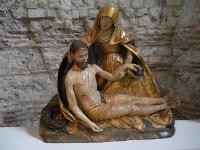
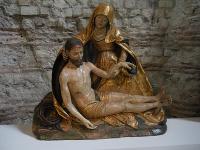

Pieta, 1518. Michelangelo this is not. I'm not sure if it said something about France that the Slovakian items were more colourful than the French ones.
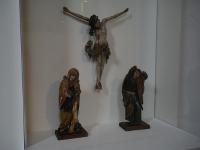

Calvary. 1520-30
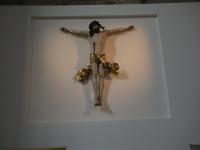
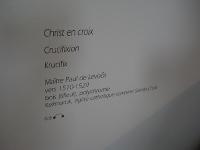
Crucifixion, 1510-20. This was the largest object in the exhibition - definitely larger than life-sized, but it was high up so it was hard to size.


The Virgin Mary, St John. 1220-30.

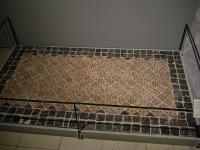
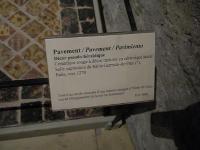
Pavement. c. 1270.
I've seen a lot more Roman mosaic than Medieval pavement. If this is an outstanding example of the latter, I see why.

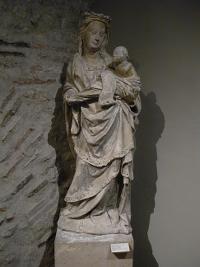
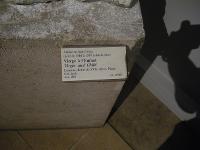
Virgin and Child. Start of 16th century.
Next was the highlight of the Museum's collection: the La Dame à la Licorne (The Lady and the Unicorn) tapestries from the late 15th century, some of the best extant medieval tapestries.
5 of the tapestries depict the 5 senses.

Touch
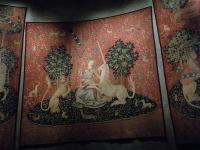
Sight
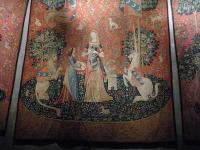
Smell
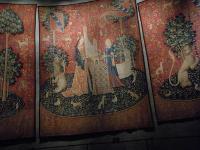
Hearing
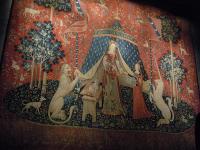
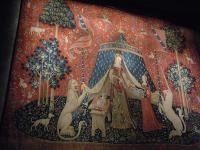
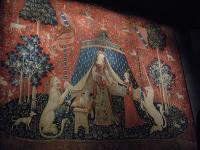
"À mon seul désir" ("To my only desire" - one interpretation is that this is about Free Will)
While I was sitting in the room taking photos, this ladies beside me claimed that photography was not allowed. I had seen no signs to this effect (especially considering that this was their prize room), and the minder in the room had not objected to my photography. When I asked her, she told me that non-flash photography was permitted, so I grumbled to myself about gey kiang people.
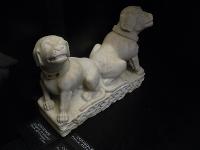
Dogs. Fragment of a gisant (funerary sculpture). 14th century.

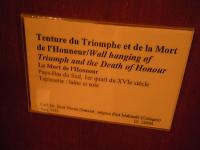
Wall hanging of Triumph and the Death of Honour. First quarter of 16th century.
They had a liturgical calendar from the 6th century. This was marked as not from France but Gaul.
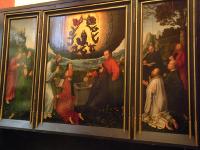
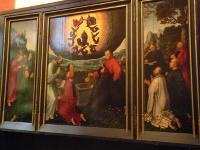
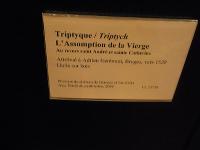
Assumption of the Virgin. c. 1520.
Limoge style seems to be to show Christ's ribcage when he is on the cross.
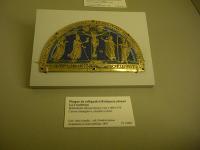
Reliquary plaque of the Crucifixion. 1160-70.
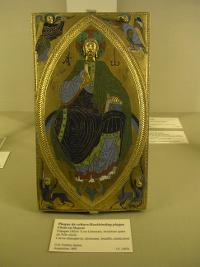
Bookbinding plaque: Christ in Majesty. 3rd quarter of 12th century.
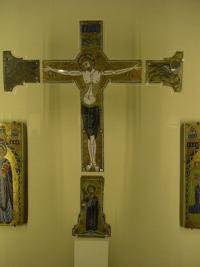
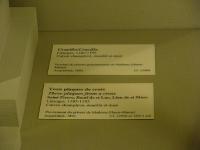
Crucifix and 3 plaques from a cross. 1185-95.

Reliquary of Thomas Becket. 1st quarter of 13th century.
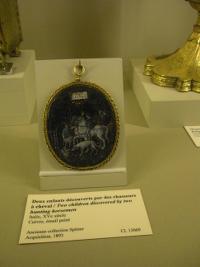
2 children discovered by 2 hunters on horses. 15th century.
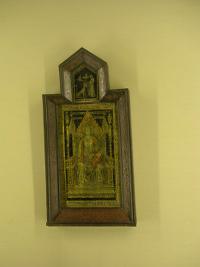
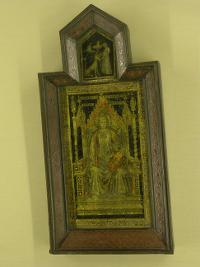
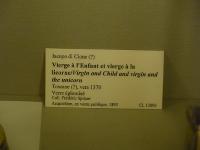
Virgin and Child, and Virgin and Unicorn. c. 1370


Cross reliquary of the True Cross. 2nd half of 14th century.
They had quite a lot of reliquaries, but as far as I could tell all of them were empty.
The museum even had Bronze and Iron age items from the 1st to 3rd centuries: Golden Torques and Bracelets. What they were doing in a Middle Ages museum was beyond me - perhaps they were thrown in for fun?
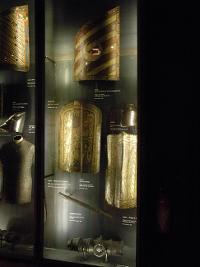

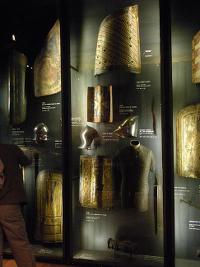
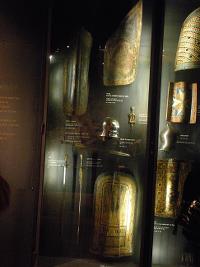
Arms and Armour
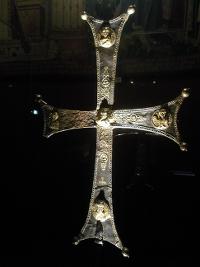
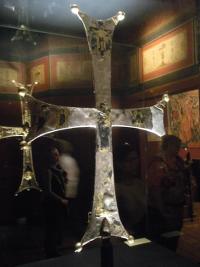

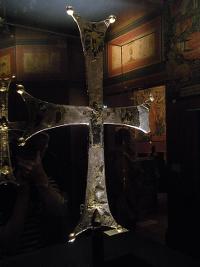

Cross. Front: Christ, the Virgin Mary, Saint John the Baptist, 2 archangels. Back: scenes from the childhood of the Virgin. Byzantium, end of 11th-12th century.
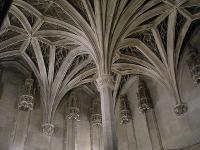
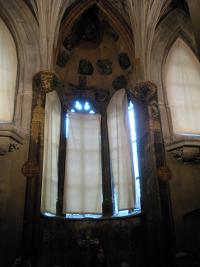
Chapel: the most interesting thing here was not any of the artefacts but the room itself.
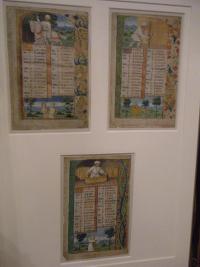
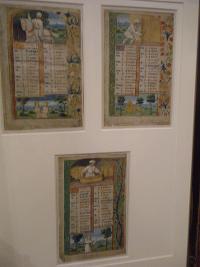
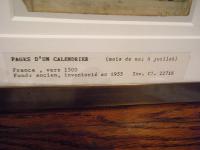
Pages from a Calendar. c. 1500. I was a bit disturbed - if these were cut from a manuscript, where was the rest?
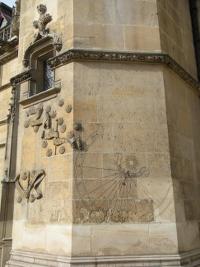
Sundial in courtyard
One reason I was tired - I was lugging a laptop around.
As of 2:36pm this day, I had seen at least 5 white-East Asian couples. And all of those I managed to eavesdrop on were speaking French. This was doubtless the reason for the bad child sex ad.


